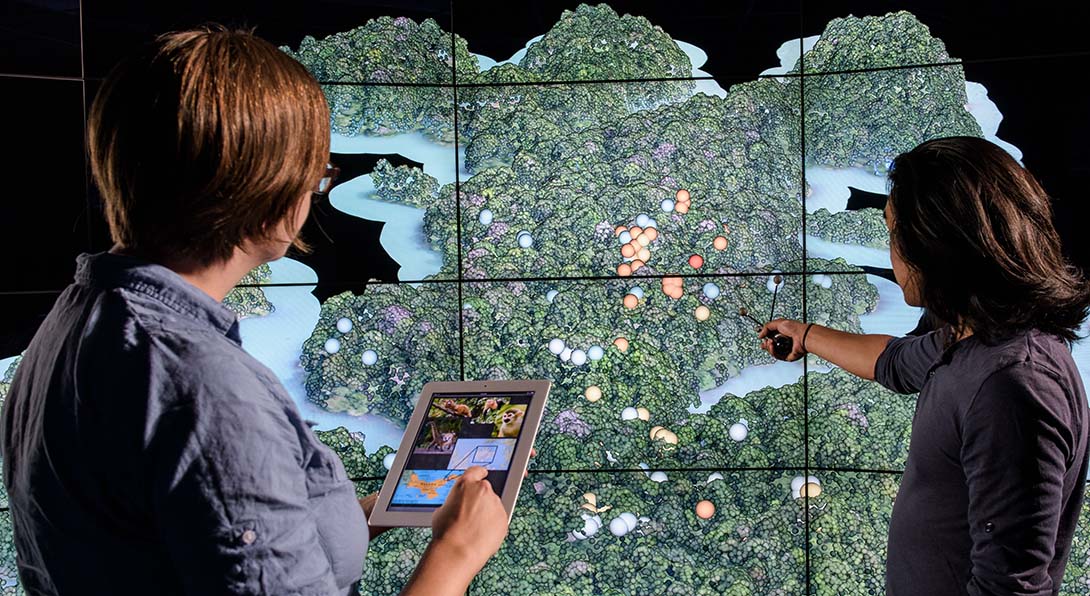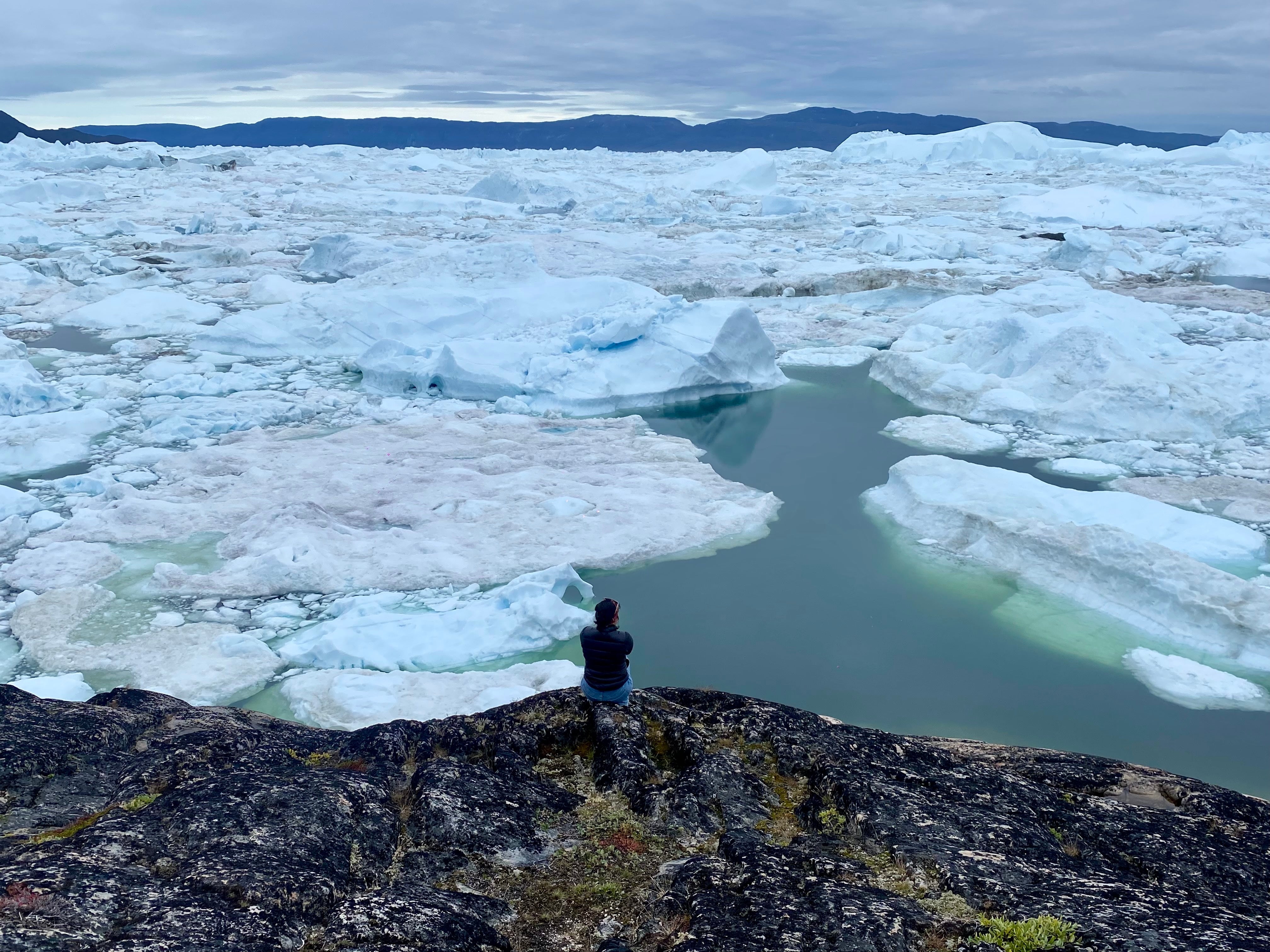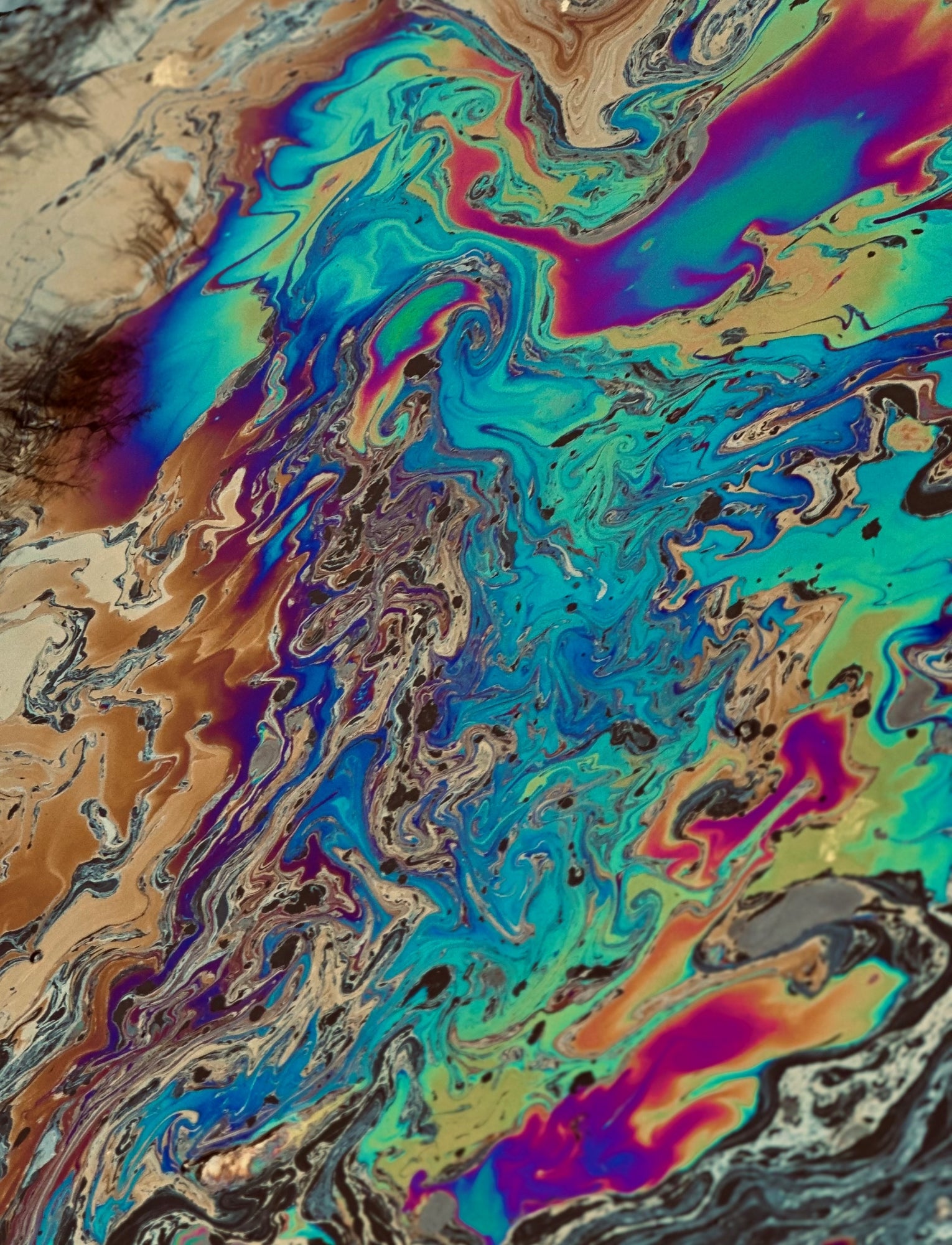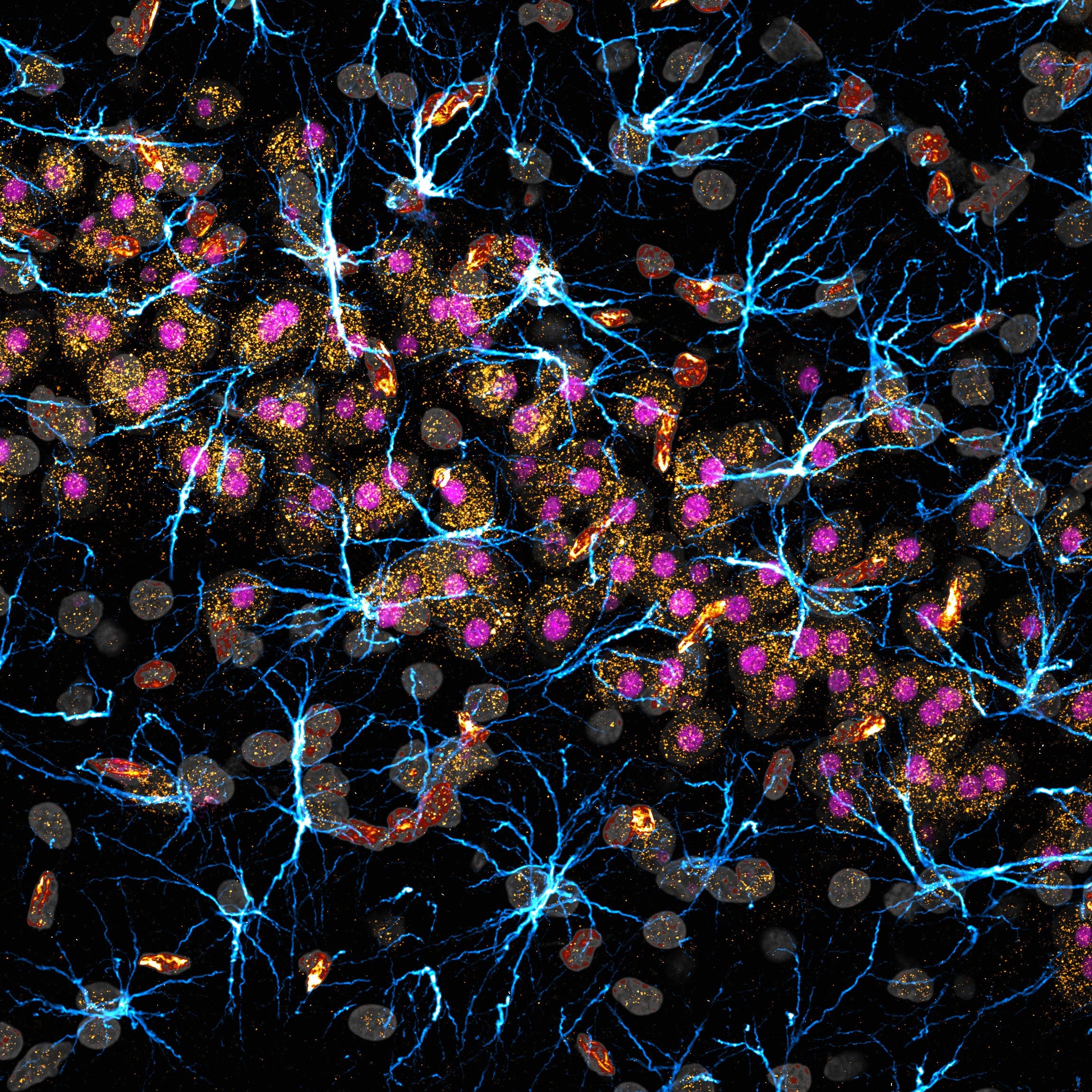The Image Of Research
IoR Description

The Image of Research is an annual interdisciplinary exhibit competition organized by the Graduate College and University Library to showcase the breadth and diversity of research at UIC. Each year, students enrolled in a graduate or professional degree program at UIC are invited to submit an image they created along with a brief précis of how the image relates to the student’s overall research.
The winning entries are chosen by a multi-disciplinary jury and exhibited on the Graduate College website as well as the UIC institutional repository (INDIGO).
For any questions about The Image of Research, please use the contact information below.
The 2025 Image of Research competition is closed. Please see our list of winners below!
Dates
| 2025 Image of Research Competition. | Nov 1st, 2024 - Jan 28th, 2025 |
| 2025 Image of Research Awards Reception. | April 18, 2025 1-3 p.m. |
2025 Submissions are closed
Details
Guidelines
Guidelines
Graduate and professional students are invited to submit a static image or a moving image-based work that is evocative of their research. (Image could be created as part of the research process itself, or to represent a student’s research.) Moving image entries are considered separately from the still image entries. Students may submit to both categories, but the images and the research they represent must be significantly different from one another.
Rules
Rules
- Only one entry per person or collaborative group for each category (still and moving).
- Primary entrant must be enrolled in a graduate or professional degree program at UIC during the academic year the competition is run within.
- Awards are paid to the University Student Account of the primary entrant. If the primary entrant is no longer a registered student at the time the award is paid, then payment will be made directly to the entrant as a vendor. Please be aware that additional paperwork is required for vendor set-up.
- Submission must have been generated as part of the student’s research within their graduate program at UIC, or to represent their research.
- Entrant(s) must be principal creator(s) of image. Collaborative submissions are encouraged.
- Submissions will be accepted through posted dates.
- Entrant(s) are responsible for ensuring that any relevant permissions have been sought, that no copyright has been infringed, and that any necessary release forms have been signed.
- Still image entries:
- Select one image that you think provides the best visual documentation of your research. You will be asked to submit two versions of your still image entry, a copy of the original file along with a lower resolution version to be used for web applications.
- To ensure your image is associated with your entry append your UIC NETID to the beginning of the file name (Example: JDoe23_20230120.tif)
- HIGH-RESOLUTION MINIMUM STANDARD. Your image file must be at 300 PPI with the longest side of the image measuring at least 13.3inches (or pixel dimensions of 4000 x 3000 pixels). DSLRs with 12MP+ are suitable for use. An uncompressed TIF image file is preferred. Save this file to a cloud storage location and make it shareable. Files will be submitted using the entry form.
- Do not artificially upscale the size of your image in photo-editing software as it will not improve the resolution. If you do not have a file of sufficient size/resolution, please try to take another photograph, perhaps use a better camera, or select a different image. Images that do not meet the minimum required resolution may be eliminated from consideration.
- Create a 2000px (long dimension) .JPG version of this same image file. This version will be uploaded with your submission.
- Images in both landscape and portrait orientation will be considered for the competition. Panoramic, or other images with a strong landscape orientation may not be selected for use in banners promoting the competition.
- Moving image entries:
- Your submission must be no longer than two (2) minutes long (including credits). There is no minimum time, but winning submissions typically last longer than 60 seconds and have distinct beginnings and endings with some sort of story or arc in the middle.
- Resolution must be at least HD-quality (1920x1080p).
- To ensure your image is associated with your entry append your UIC NETID to the beginning of the file name (Example: JDoe23_20230120.tif).
- If your moving image includes sampled audio, you should have copyright for the audio or use something under Creative Commons licensing.
- Sign into YouTube, using a UIC Google Workspace account, and upload your video. Only YouTube videos will be accepted. All active students can create a free Google Workspace account. Click here for instructions on creating your free Google Workspace account. Be sure to enable embedding so that it can be viewed through the Graduate College website. You will be including the URL to this in your submission.
- If your video includes spoken words, it must have Closed Captioning enabled.
- If your submission is chosen as a finalist, you will be asked to submit a high-resolution version of the file.
- Your submission must include a 100-200 word description of your research and how the image you are submitting provides visual documentation of your overall work at UIC. This description must include, but is not limited to, an explanation of how the image relates to your research. You may also include such information about what the image represents (if it is not immediately apparent), and where and/or how the image was created.
- Guidelines on AI Usage:
- As a general framework, entrants must follow the Graduate College Policy and Guidance for the Use of Generative AI in Graduate Theses and Dissertations located at Thesis | Graduate College. For any additional questions, regarding AI usage, please contact the committee at gcior@uic.edu.
Submission Details
Submission Details
- In order to submit you will be required to login using a valid UIC NetID and password.
- The submission form will only be active during the posted submission period.
- All submissions must be received before the posted deadline date.
Judging and Jury
Judging Criteria
- Criteria for judging include:
- The originality of the image and the research it represents
- The relationship between the image and the student’s research
- Overall aesthetic appeal of the image.
Jury
A multi-disciplinary jury reviews the submissions and awards prizes to 1st, 2nd and 3rd place winners and three honorable mentions for still-image submissions, and multiple winners for moving images submissions.
Prizes
Still Image Category
- 1st Prize: $600
- 2nd Prize: $400
- 3rd Prize: $200
- Honorable Mentions (6): $100
Moving Image Category
- 1st Prize: $600
- 2nd Prize: $400
- 3rd Prize: $200
- Honorable Mentions (2): $100
Image of Research Awards Reception
Past Exhibitions
Past Winners and Honorable Mentions
Winners and finalists for each year’s competition can be found in the UIC institutional repository (INDIGO) linked below.
Image of Research Contact Information
| Contact | |
| Image of Research Committee. | gcior@uic.edu |
2025 Image of Research Winners
1st Place

Quiet urgency by Frances Crable
This photograph, captured near the Ilulissat Glacier in Greenland, reflects a moment during our Arctic research expedition. My work focuses on understanding how climate change affects biogeochemical processes in the Arctic Ocean, specifically how increased freshwater inputs from sea ice, rivers, and glaciers influence phytoplankton production. By studying these processes, I aim to uncover the cascading effects of freshwater inputs on Arctic ecosystems.
This month-long trip spanned Alaska to Greenland, allowing us to witness the glacier’s breathtaking scale and beauty before heading home. In this image, my colleague reflects on the glacier’s immense scale and serene surroundings. We described the sound of the ice melting as the most peaceful we had ever heard—a moment of tranquility that highlighted the importance of our work. The Ilulissat Glacier, one of the fastest-melting glaciers in Greenland, retreats at an astounding rate of up to 100 feet per day, making it a stark symbol of accelerating climate change.
This experience deepened my understanding of the interconnectedness of climate systems and strengthened my commitment to addressing the challenges posed by climate change. I am truly grateful to UIC for supporting me and the opportunity to explore and contribute to preserving the Arctic’s delicate ecosystem.
2nd Place

Toxic Masterpiece: The Art of Pollution in the Chicago River by Marzieh Mansouri
This iconic image might look like a mesmerizing piece of abstract art, but it tells a deeper story of pollution and environmental challenges. The vibrant colors on the water’s surface result from hydrophobic pollutants, such as oils, petroleum, and other chemicals, brought up from contaminated sediment (the soil underneath a waterway) by gas ebullition. Gas ebullition is a process where bubbles form in organic rich muddy sediment and rise to the surface, carrying pollutants with them. This beautiful photo captures a part of the Chicago River where gas ebullition is very active because of sediment contamination caused by historical industrial activity and organic waste buildup. This creates ideal conditions for gas ebullition, and the resulting colorful displays. During my PhD fieldwork, I took an image showcasing the beautiful warning signals of nature. My research focuses on developing predictive models for gas ebullition using advanced machine learning techniques. This work is essential for improving sediment management and clean up in our waterways.
3rd Place

We’re stardust, remember? by Jamuna Tandukar
Looking through the microscope, the vastness of the cosmos stares back at me. Although greatly differing in size, our brain and the universe are more alike than you think. The intricate patterns of vibrant cyan astrocytes stretch out like delicate star-shaped filaments. Grey orbs—the nuclei—drift as silent moons, while magenta nucleoli pulse like quasars, radiating energy at the heart of creation. Golden puncta, scattered like stardust, are RNA—the molecular messengers of life, shining with purpose. This image captures the cellular architecture of the hippocampus, a key brain region for memory and learning, with sub-cellular resolution. At the center of the image lies the pyramidal layer of the hippocampus, where neurons are densely packed in an arc, resembling the swirling core of a galaxy. The improvement in the image resolution was achieved by physically expanding the brain tissue by embedding it in a swellable hydrogel. This imaging technique called expansion microscopy allows us to visualize nanoscale protein structures and RNA simultaneously in the brain tissue. Like the universe, the brain holds infinite mysteries waiting to be explored, and evolving microscopy techniques are pushing us closer to illuminating its vast complexity.
2025 Moving Image - 1st Place
Bacteriophages as an Alternative to Antibiotics by Madison Taylor
Title: Bacteriophages as an Alternative to Antibiotics
Company/Institution: University of Illinois as Chicago, Biomedical Visualization
Medium/Software: Animated in Cinema4D, materials created using Redshift, post compositing and audio in Aftereffects.
Final Presentation Format: Mp4 Video
Primary Audience: Academic audience
Intended Purpose: This animation was designed for a general academic audience to introduce bacteriophages as a potential alternative to antibiotics for treating infectious diseases. The story follows a bacteriophage as it targets an antibiotic-resistant bacterium within a cellular environment of intestinal villi. To illustrate the bacterium’s resistance, its color changes as it becomes unaffected by antibiotics. While therapeutic treatments using bacteriophages are still undergoing clinical trials, they have shown promising results. This animation provides a simple overview of the mechanism by which bacteriophages target and infect bacteria.
2025 Moving Image - 2nd Place
Accelerating Graph Rendering in the Web by Landon Dyken
My research at UIC is on data visualization, with an emphasis on building web-based applications that can improve accessibility and enable end users to make scientific discoveries. In this project, I implemented new algorithms to allow for fast rendering of graph data in the web, which is important for data exploration and knowledge discovery for researchers in many domains. Compared to the state-of-the-art, my work greatly improves performance and enables much larger scale data than previously possible. In this moving image, I compare rendering large scale graphs with my application and the previous work, then showcase my method on a variety of input graph data. This application is deployed online, and can be accessed directly at: https://harp-lab.github.io/GraphWaGu/
2025 Moving Image - 3rd Place
Investigating Chicago’s Digital Divide through Participatory STEM Learning by Jasmine Jones
This multiphase dissertation project contests the boundaries of STEM education by centering the discursive relationship emergent between participatory learning and community self-determination. In the contexts of both my science classroom and summer technology program, I explore how teachers and students engage the structure-agency dialectic present within a participatory STEM project to address community issues at the intersections of canonical STEM knowledge, environmental justice, and digital technologies. The holistic set of data include curriculum documents, program recordings, and interviews with teachers, students, and community leaders. This video clip features a specific week in the summer technology program, in which West Side youth investigate how disparate internet speeds and prices from major internet service providers contribute to Chicago’s existing digital divide. Their findings informed the ways in which they developed and deployed the Westside Community Network, a community application (app) capable of circumnavigating broadband infrastructure disparities. By articulating the particularities of the community app and our program’s curriculum design, my research foregrounds the relationship between STEM learning and community contexts in ways that position youth as transformative intellectuals who enact their agentic power to transform oppressive structures and help their communities to self-determine.